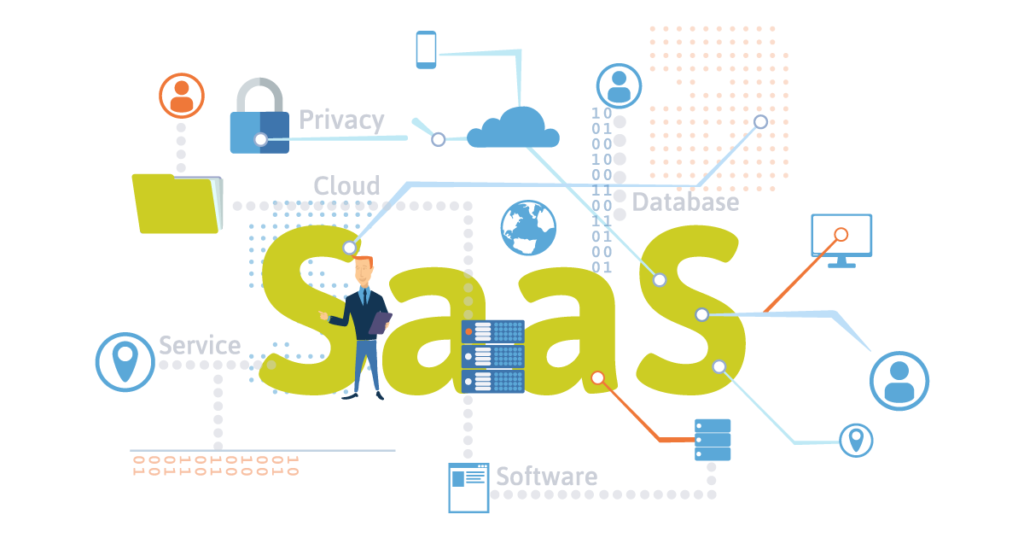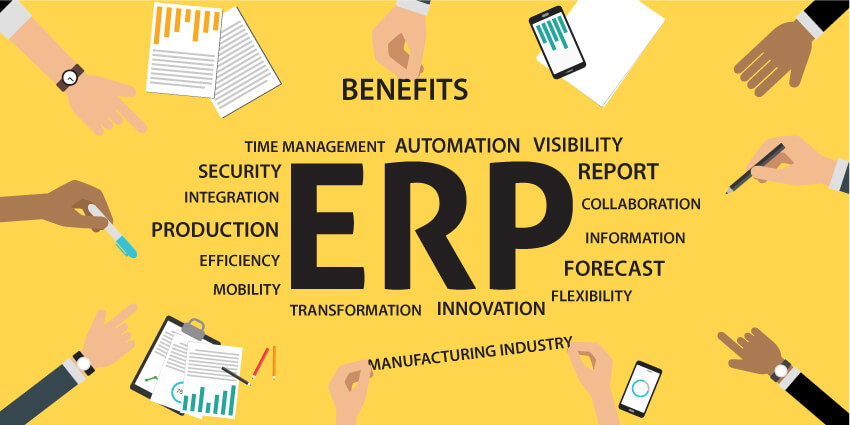
SaaS (software as a service) is a cloud computing service that gives consumers access to a vendor’s cloud-based software. What are the primary advantages of adopting SaaS?
SaaS offers an appealing alternative to traditional software installation in the business setting (where you must build the server, install the program, and configure it). Instead, the programs are hosted on a remote cloud network that can be accessible via the web or an API, and it functions similarly to a rental. You and your organization have permission to use it for a limited time and pay for the software that you use.
The following are five of the top Benefits of using SaaS:
1. Reduced time to benefit
SaaS varies from the traditional paradigm in that the software (application) is already installed and configured. Simply provision the server for a cloud instance, and the application will be ready to use in a matter of hours. This decreases the time spent on installation and configuration, as well as the complications that may arise during software distribution.
2. Lower costs
SaaS can give significant cost savings because it typically sits in a shared or multi-tenant environment with lower hardware and software license costs than the traditional model.
Another benefit is that you can fast increase your customer base because SaaS allows small and medium-sized organizations to use software that they would not use otherwise owing to the high cost of license.
Maintenance expenses are also lowered because the SaaS provider owns the environment, which is shared by all clients that use that product.
3. Scalability and integration
SaaS solutions are typically hosted in cloud settings that are scalable and have integrations with other SaaS providers. In comparison to the traditional paradigm, you do not need to purchase a new server or software. You merely need to enable a new SaaS product, and the SaaS provider will handle server capacity planning. Furthermore, you will have the ability to scale your SaaS use up and down based on your individual needs.
4. New releases (upgrades)
When using SaaS, the provider upgrades the system and makes it available to their clients. Upgrades and new releases have fewer costs and effort than the old paradigm, which requires you to acquire an upgrade package and install it (or pay for specialized services to upgrade the environment).
5. Easy to use and perform proof-of-concepts
SaaS services are simple to use since they already include best practices and samples. Users can conduct proof-of-concept tests and test software functionality or a new release feature ahead of time. You can also have multiple instances with various versions and do a smooth transfer. Even in big contexts, SaaS products can be used to evaluate software before purchasing.
Learn more
Cloudrock has embraced the advantages of software as a service (SaaS) and has built a portfolio of over 50 SaaS applications that solve critical business needs for our clients. Explore Our Business applications services for business of all sizes.



